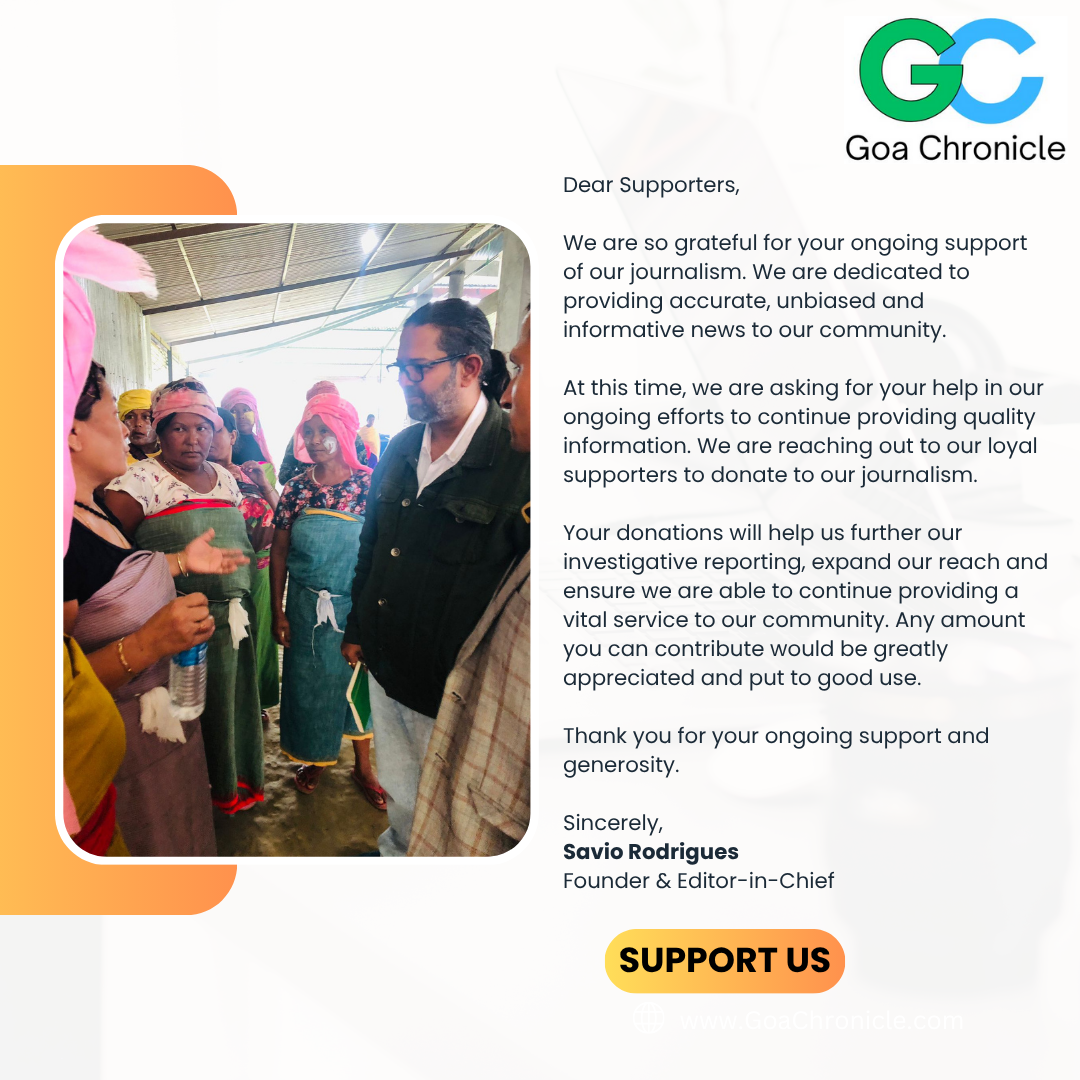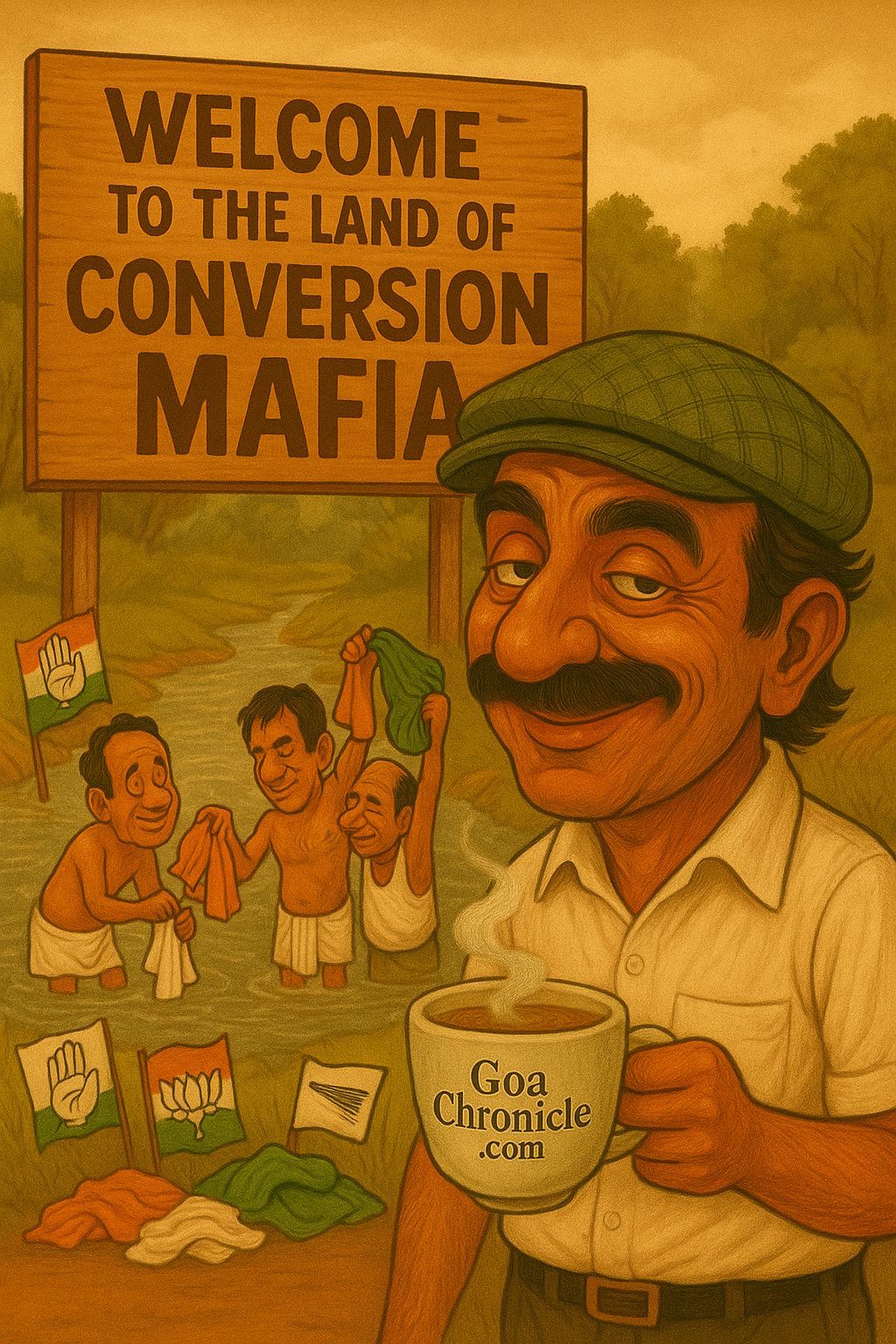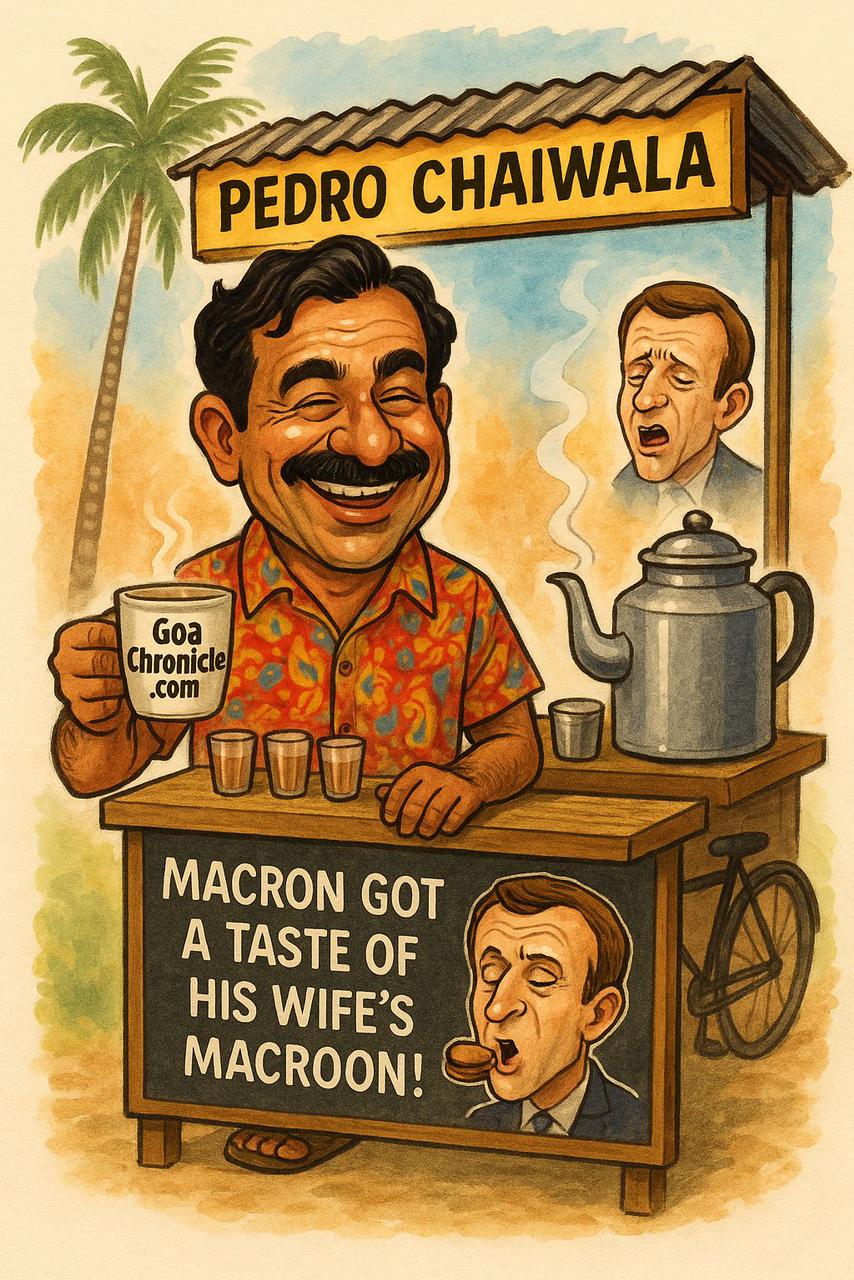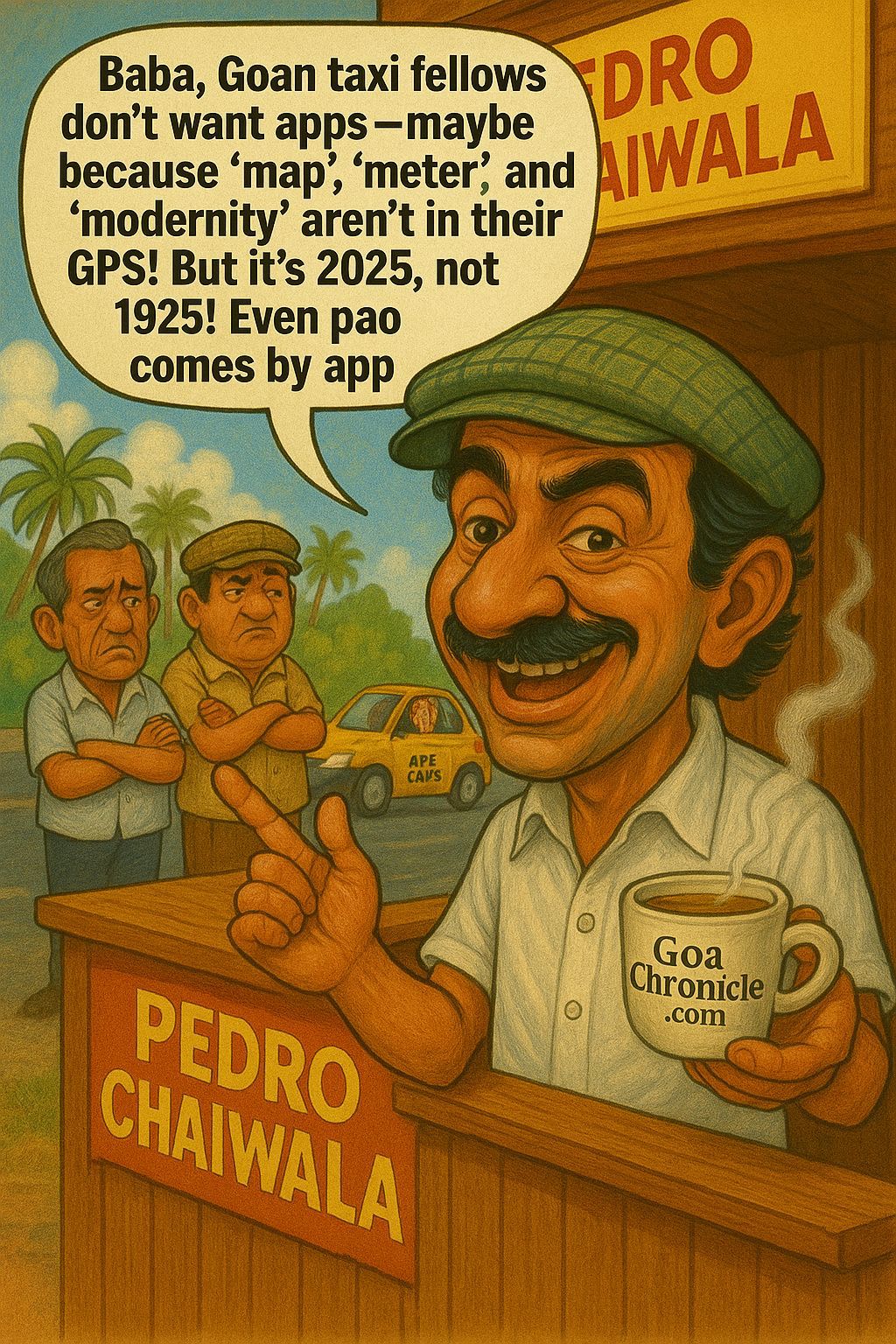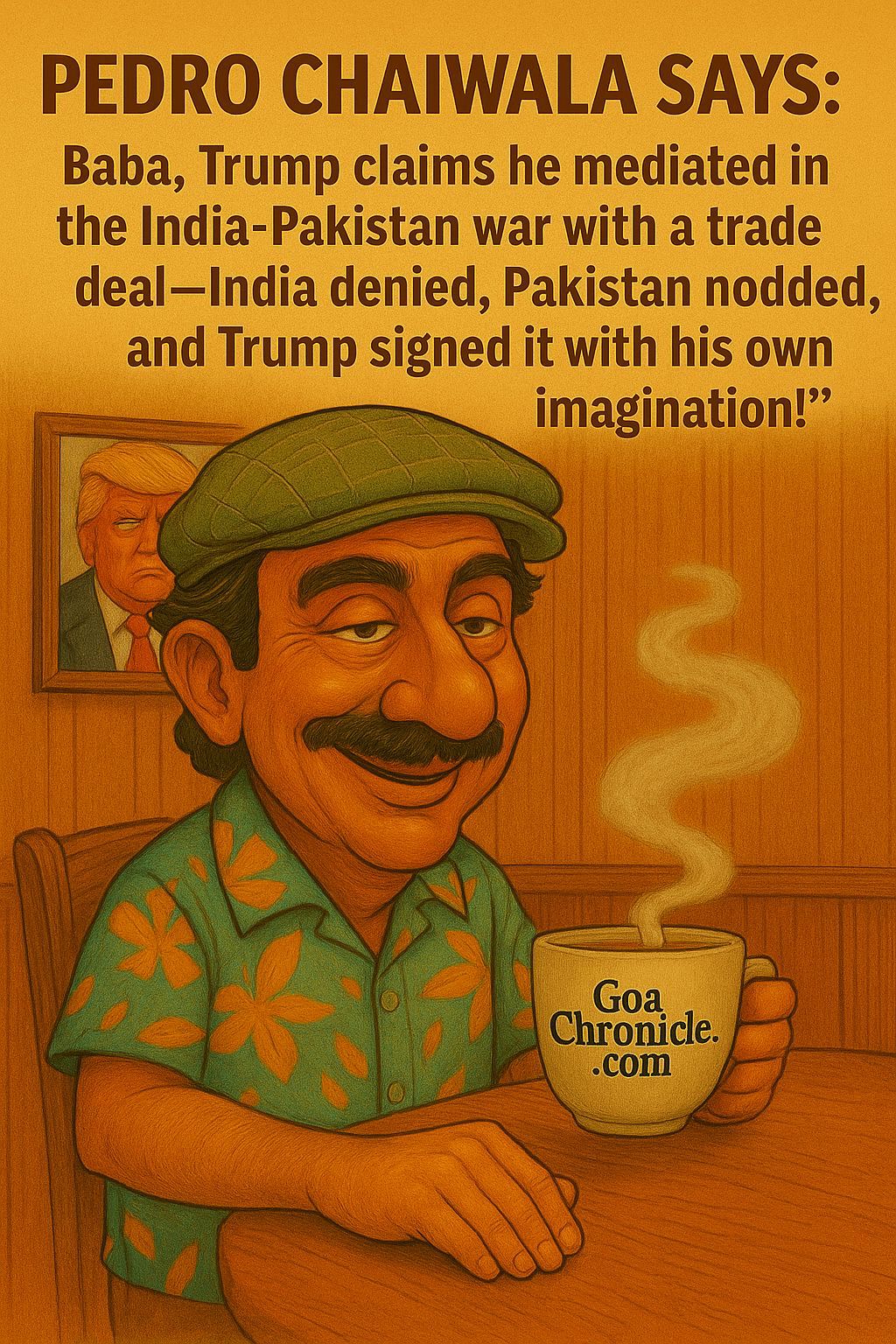The Catholic Church stands at a crucial crossroads in its two-thousand-year history. As the world’s socio-political and cultural landscape transforms rapidly, so too must its institutions. One of the greatest, most influential among them—the Roman Catholic Church—faces the urgent challenge of not only maintaining its relevance but also expanding its reach to millions of faithful across continents. In this context, the election of a Pope from Asia is not only logical but necessary. It would symbolize a new era of inclusivity, recognition of the Church’s shifting center of gravity, and acknowledgment of the unique spiritual richness Asia brings to global Catholicism.
Historically, the Catholic Church has been centered in Europe. For centuries, Popes hailed from Italy, Germany, France, or other Western European nations, reflective of the Church’s roots and the continent’s once-dominant Christian population. However, today’s demographics tell a different story.
According to Pew Research Center data, while Europe remains significant, the majority of the world’s Catholics now live in the Global South—in Africa, Latin America, and increasingly Asia. Countries like the Philippines, India, Vietnam, and South Korea boast vibrant Catholic populations that are not just growing numerically but deepening in faith. The Philippines alone has over 85 million Catholics, making it the third-largest Catholic country in the world after Brazil and Mexico. India, too, with its ancient Christian communities dating back to St. Thomas the Apostle, has millions of devout believers.
If the Church truly believes in being a universal (“catholic”) institution, then it must reflect that universality not just in its message, but in its leadership. An Asian Pope would send a powerful signal that the Church recognizes where its future lies.
Asia, as the cradle of major world religions like Hinduism, Buddhism, Islam, and Taoism, is deeply spiritual by nature. Asian Catholicism has developed in a unique religious ecosystem marked by dialogue, coexistence, suffering, and resilience.
In countries like China and Vietnam, Catholics have faced persecution yet remained steadfast. In India, they have navigated complex interreligious dynamics, witnessing and practicing a form of Christianity deeply rooted in compassion, community service, and inculturation—the respectful integration of Catholic traditions with local cultures.
Asian Catholics embody a spirituality that harmonizes the contemplative and the active life. It is a spirituality that seeks peace, emphasizes inner transformation, and embraces suffering with dignity—values deeply needed in a fractured, anxious modern world. An Asian Pope would naturally bring these perspectives to the center of global Catholic conversation, making the Church more relatable and spiritually nourishing to people of all backgrounds.
Pope Francis’ election in 2013 was groundbreaking. As the first Pope from the Americas and the Southern Hemisphere, he symbolized a Church that was beginning to look beyond Europe for leadership. His papacy has emphasized mercy, humility, and a “Church of the poor,” aligning with the realities of the developing world.
An Asian Pope would build on this momentum, highlighting the Church’s commitment to inclusivity—not only across socioeconomic lines but also across racial, cultural, and geographic ones. In an age when representation matters deeply, particularly among younger generations, choosing an Asian Pontiff would demonstrate that the Church values all its children equally, irrespective of continent or culture.
Moreover, it would encourage vocations and strengthen the faith among millions in Asia, inspiring new generations of clergy and laity to actively participate in the Church’s mission.
Asia’s historical experience with religious pluralism offers invaluable lessons for the modern world. Countries like India, Indonesia, and the Philippines demonstrate that multi-religious societies can coexist, even amidst tensions. An Asian Pope, familiar with navigating these complex terrains, would be uniquely equipped to lead the Church’s mission of dialogue with other religions, a priority since the Second Vatican Council.
Imagine a Pope who could speak authentically to Buddhists, Hindus, Muslims, and others not just from a place of theological theory, but from lived experience. His leadership could help heal some of the deep divisions that threaten not only interreligious harmony but global peace itself.
Some may argue that tradition or experience should take precedence over geography. Fortunately, the Asian Church boasts numerous leaders who are not just qualified but exemplary. Figures like Cardinal Luis Antonio Tagle of the Philippines—currently serving as Pro-Prefect of the Dicastery for Evangelization—are often mentioned as potential future Popes. Cardinal Tagle combines deep theological wisdom with personal humility, pastoral sensitivity, and a global perspective, having served in various capacities in Rome.
Cardinal Lazzaro You Heung-sik, is often mentioned as a potential candidate for the next pontiff. In 2003, Pope John Paul II appointed him as Bishop Coadjutor of the Diocese of Daejeon, and in 2007, he was named a member of the Pontifical Council Cor Unum. In 2014, the You hosted Pope Francis during his visit to Korea, and in 2021, the Pope appointed him prefect of the Congregation for the Clergy. In 2022, he was elevated to the rank of cardinal.
Similarly, Cardinal Oswald Gracias of India, a trusted advisor to Pope Francis and a former president of the Federation of Asian Bishops’ Conferences brings a wealth of pastoral experience, legal acumen, and diplomatic skills to the table but his age will rule him out.
Additionally, Sri Lanka’s Cardinal Malcolm Ranjith stands as another strong candidate. Formerly the Secretary of the Congregation for Divine Worship and the Discipline of the Sacraments in Rome, Cardinal Ranjith is a figure of deep theological understanding and courageous leadership. He has been a vocal advocate for peace and reconciliation in a country long torn by civil strife, offering a compelling example of pastoral leadership amidst conflict and complexity.
The point is clear: Asia is not lacking in capable, inspiring leaders who could guide the Church into its next chapter.
The Church today faces many challenges: secularization in the West, scandals that have eroded moral credibility, declining vocations in traditional strongholds, and the need for authentic evangelization in a cynical world.
Electing an Asian Pope would offer a fresh start. It would signal a Church willing to renew itself not by abandoning tradition but by embracing the full beauty and diversity of its global body. It would remind Catholics everywhere that leadership is not the preserve of any one region but a shared calling born from baptism and mission.
Moreover, it would offer hope—especially to young Catholics. It would tell them that their dreams, cultures, and voices matter in the Church’s future. It would affirm the Gospel truth that greatness in the Kingdom of God is measured not by one’s origin but by one’s willingness to serve.
The time has come for the Catholic Church to elect an Asian Pope. Not as a token gesture, but as a genuine, Spirit-led acknowledgment of where the Church is growing, where faith is vibrant, and where hope is alive.
An Asian Pontiff would embody the universality of Catholicism, enrich its spiritual life with Asia’s profound wisdom, bridge divides in an increasingly polarized world, and inspire new generations to carry forward the mission of Christ.
The Church must listen to the stirrings of the Holy Spirit—not just in Rome, but in Manila, Mumbai, Colombo, Hanoi, Seoul, and beyond. For in doing so, it will find the leadership it needs for the new era dawning before us.





